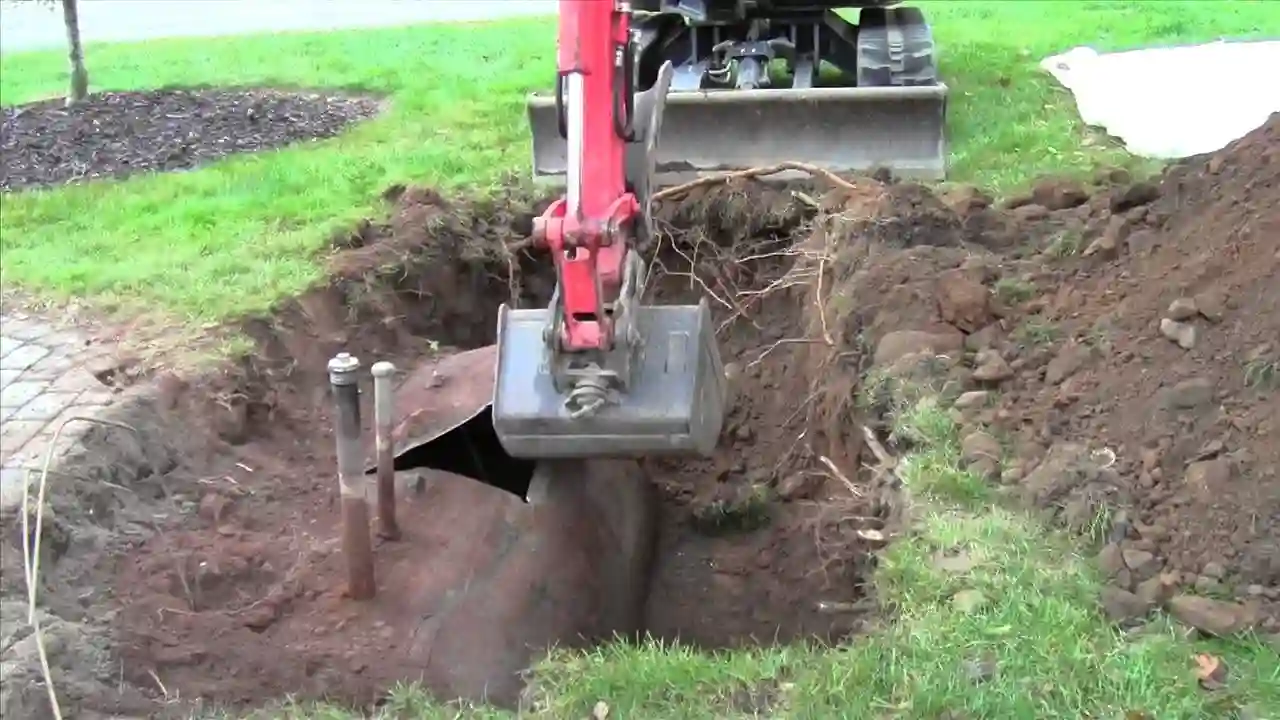Beneath the tranquility of a well-kept lawn or the manicured landscape of a home, lies a hidden menace that can wreak havoc on both the environment and the health of its inhabitants – the underground oil tank. Unseen and often forgotten, these aging relics pose potential dangers that demand attention. In this exploration, we unveil the hidden dangers of oil tanks below the surface and delve into the intricate process of oil tank removal.
Unearthing the Risks: Aging Oil Tanks as Silent Threats
Many homes, especially those built several decades ago, were designed to rely on underground oil storage tanks for heating. These tanks, however, were not built to withstand the test of time indefinitely. Over the years, corrosion sets in, and leaks become a looming danger. The silent threat emerges as oil seeps into the surrounding soil, potentially causing irreversible damage to the environment and posing health risks to those residing on the property.
Environmental Consequences: A Lurking Menace
The environmental impact of leaking oil tanks is far-reaching. Oil, a known environmental pollutant, can contaminate the soil and eventually find its way into groundwater. The consequences are dire, affecting plant life, wildlife, and even seeping into water bodies. The intricate balance of ecosystems can be disrupted, leading to long-lasting damage that may take years to remediate.
Moreover, the collateral damage extends beyond the immediate property. Contaminated groundwater can travel, affecting neighboring areas and posing a community-wide environmental challenge. Recognizing these hidden dangers prompts the need for proactive measures to mitigate potential harm.
Health Implications: Breathing in the Risks
Beyond the environmental impact, leaking oil tanks can pose significant health risks to residents. Vapors emanating from the oil can infiltrate the air, leading to a range of health issues. Prolonged exposure to these vapors may result in respiratory problems, skin irritations, and other adverse health effects.
The hidden dangers below are not confined to the invisible realm but extend to the air we breathe. As the oil silently escapes its confines beneath the ground, the health of those living above is unwittingly jeopardized. The urgency to address these risks becomes apparent, emphasizing the importance of understanding and undertaking the process of oil tank removal.
The Unveiling: Navigating the Oil Tank Removal Process
Understanding the hidden dangers prompts a call to action – the need for oil tank removal. The process, though complex, is a vital step toward securing a safer living environment.
1.Risk Assessment and Inspection:
Engage the services of a qualified professional to conduct a thorough assessment of the oil tank and its surroundings. This inspection is crucial for identifying potential leaks and determining the overall condition of the tank.
2.Permit Acquisition:
Before any removal activity commences, ensure that you have obtained the necessary permits from local authorities. Compliance with regulations is key to a smooth and legally sound removal process.
3.Pumping and Cleaning:
Emptying the tank of any remaining oil is the next step. Specialized equipment is employed to pump out the oil, and the tank is then cleaned to minimize the risk of spills during extraction.
4.Excavation and Removal:
Careful excavation follows the pumping and cleaning phase. Heavy machinery is often required to unearth the tank without causing damage. Once exposed, the tank is removed from the site.
5.Environmental Remediation:
In cases where soil contamination is detected, a remediation process is initiated. This involves removing and replacing contaminated soil to restore the ecological balance of the area.
6.Verification and Documentation:
A final inspection is conducted to verify that all regulatory requirements have been met. Comprehensive documentation of the removal process, including permits and inspection reports, should be retained for reference.
Conclusion:
The hidden dangers below the surface demand attention and decisive action. Oil tank removal is not just a task of physical extraction; it is a commitment to safeguarding the environment, community health, and the well-being of future generations. By unveiling the complexities and risks associated with aging oil tanks, homeowners can embark on a journey toward a safer and healthier living environment, free from the silent threats lurking below.


Comment here